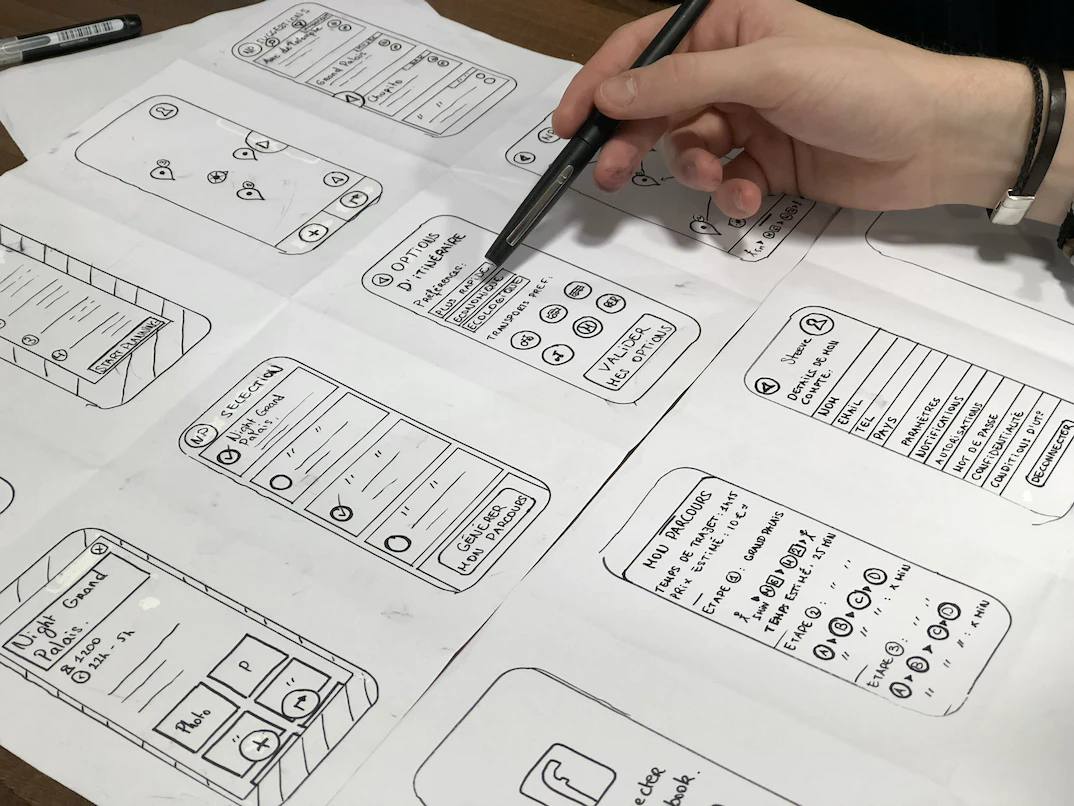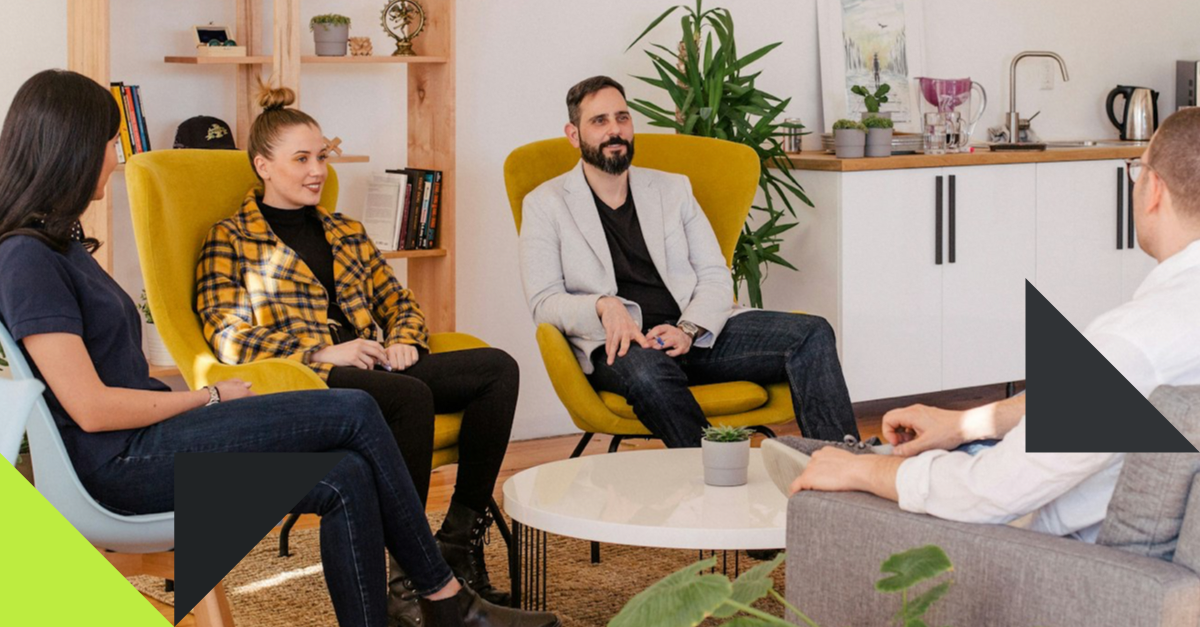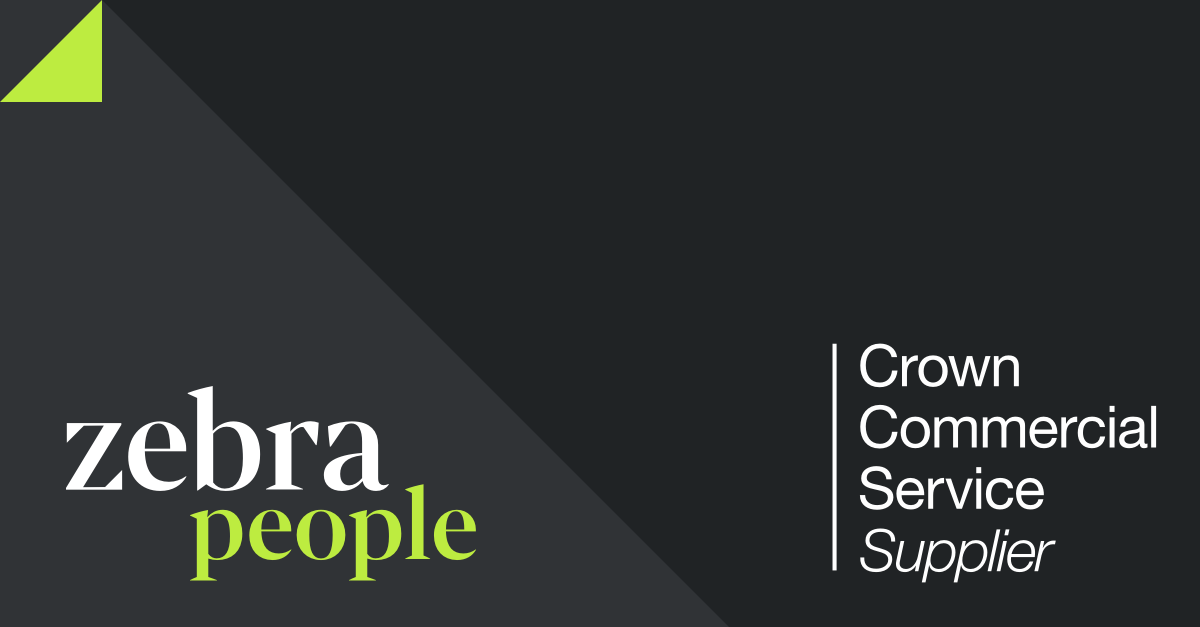As recruiters we speak to hiring managers all the time helping them to make crucial hires. Sometimes, we’re talking to hiring managers who are starting completely from scratch in an environment that doesn’t understand what UX even means. So where do you start? That’s not an easy question to answer and even more difficult to advise on is how to retain and develop those hires.
In the first of a series of Q&A’s, we’re talking to Richard Allalouf, ex-Head of UX and Design at Zoopla. In this Q&A, we learn about his history, the challenges he faced in building a team from the ground up, the lessons he learned along the way and his advice on what to concentrate on the most.
So, if you find yourself in a situation where you’re building out your team but don’t know where to start, here’s some insight from one of the industries best…
What made you decide to join the UX and Design industry?
“I think, for a lot of my generation, the internet happened and we started playing with it. For me it started with HTML and art projects around the world, net art installations etc. Through that I got some great experience with Javascript, HTML and Digital Design and ended up getting a job as a web designer, eventually progressing to Senior Interface Designer. This was in ‘99. A few years later the firm I was at hired their first ‘Director of Usability’ and this person needed a couple of helpers. No one had really heard of usability consultants back then but when the opportunity came up I jumped at it. I remember asking the guy I still call my mentor: ‘Do you think I can be a usability consultant?’ Turned out I already was.”
What were the biggest challenges in growing the Zoopla team from 2 to 15?
“One of the biggest challenges was slightly self-inflicted. I always want to work with interesting people so I took the focus away from seniority etc and where people were at in their career. Instead, like Pret I looked first at attitude. We met some great people with great stories to tell and this was the main part of building a strong team. The challenge was that we ended up with a really flat structure while the team kept growing. Obviously I needed some structure so that I didn’t end up with 15 direct reports so elevating people, promoting them and helping to build their careers became a bit of plate-spinning.
I became a bit removed from Design. The UXD’s and Researchers were fine but we struggled with a Design Lead for whatever reason and that team didn’t really have someone to turn to other than myself. As the team kept growing though, I was more and more removed from it all and they needed someone down in the detail with them.
Another big challenge was also around timing of hiring a team like ours. This comes down to infrastructure and product maturity of the business. It’s great to be told here’s your budget but if the business isn’t ready for that team, you may end up with an unhappy team and have retention issues. Luckily, we managed to hold on to all but 2 people but for a time it was a bit rocky and the business was moving inch by inch whereas the team had huge passion and capability to do lots more in much shorter spaces of time.
In a nutshell, the main challenges were growing a team and managing a team’s expectations. Trying to find people to look after people, too.
Other challenges included the overhead of the actual hiring and getting a process in place all at once, managing CV’s coming in etc. This included getting buy in from other people when you think someone would be great but not being able to convince others of what you see. Sometimes I was vetoed but on one occasion for example, someone said no to a candidate I really wanted so I put him somewhere else in Product which ended up skyrocketing the candidate’s career and experience. So, there’s an element of trusting yourself but also not being afraid of challenging push back too.”
In your eyes, what did a ‘good’ candidate look like for what you were trying to achieve.
“One of the first reasons we would talk to someone would be centred around the CV and if they tweet or not etc. You can get a good sense of who someone is from a well-written CV so that was the first thing. The next thing was that they needed to be comfortable walking into an experiment. There were lots of things changing so flexibility and pragmatism were key. Then ‘autonomy’ or ‘responsibility’ or ‘ownership’ is what we looked for but most importantly a lot of the softer skills only come out in face to face interviews, of course.”
What would you have done differently?
“So, the team grew because the business was maturing. What the product team did was to chop things up into components. That might be something like taking one use journey and getting different teams to tackle different parts of that journey. I’m open to experimenting but thinking back now, I would have challenged that more than I did. Being as close as possible to delivery strategy rather than assuming a kind of a service role would have been better. I think part of the problem was that the conversations weren’t happening enough at the strategic level around how we were going to do that stuff. There were more conversations about just Visual and Product Strategy and at the time, I didn’t have the energy to challenge that.” Eventually I sold in Design Ops but it was very late.
On your CV, you say you ‘hire emotionally and develop emotionally developed teams that are engaged and responsible’. How did you create an environment to cater to this? “Okay so, first of all part of the environment was already there because of the way we cut the teams up to be more autonomous tribes, chapters, whatever you want to call them. When interviewing we essentially said ‘you will be the boss of this part’ so you’ve got to own it. The big thing was sitting back and just having enough distance and space so that people felt empowered and responsible. I made it clear: “I’m here and use me a soundboard and another brain, don’t see me as someone telling you what to do, here’s what the business wants so you go out and find a way to do it but I’m here if you need help”. It’s about setting people up for success and giving them a psychologically safe environment where they feel confident to make mistakes and not worry.”
How did you retain and develop your team?
“We had progression available, went to industry events and offered training where possible but it wasn’t done as well as it could have been. Sprint reviews helped a lot which was definitely coaching. That was a great opportunity to look at problems together but also giving the team the space. We did have events such as hosting UX Crunch and 3 people on the team did talks at the event which really elevated them and they loved it. There were the usual things like conferences but I think the overall thing was the environment and I think we also kept the promise for people to have quite a bit of freedom. It was just a good place to work and just a great culture.”
What advice would you give to someone building a UX function?
“Make sure it’s the right time. Understand exactly why the business wants to do this and make sure the structure is there. Take your time. Don’t rush and don’t feel the heat of needing to fill a seat. Don’t fall into a blueprint idea that you need to get a particular type of person because that will take too long. Just get to a place where you are focussing on attitude, then train on skills.”
What’s next for Richard Allalouf?
“Through the experience of the last few years, it’s become even more about people for me. I think it’s more about people than Product. If you get the people right, everything else follows. If you’re Product first then you’ll always struggle. That’s what I want to focus even more on in the future. Still need to make great products though!”
We hope you enjoyed that! Richard is an immensely open individual who through his own experience has allowed us to better understand what really matters in the hiring process. It’s clearly not just about filling seats or saying you do UX. It’s about much more…



